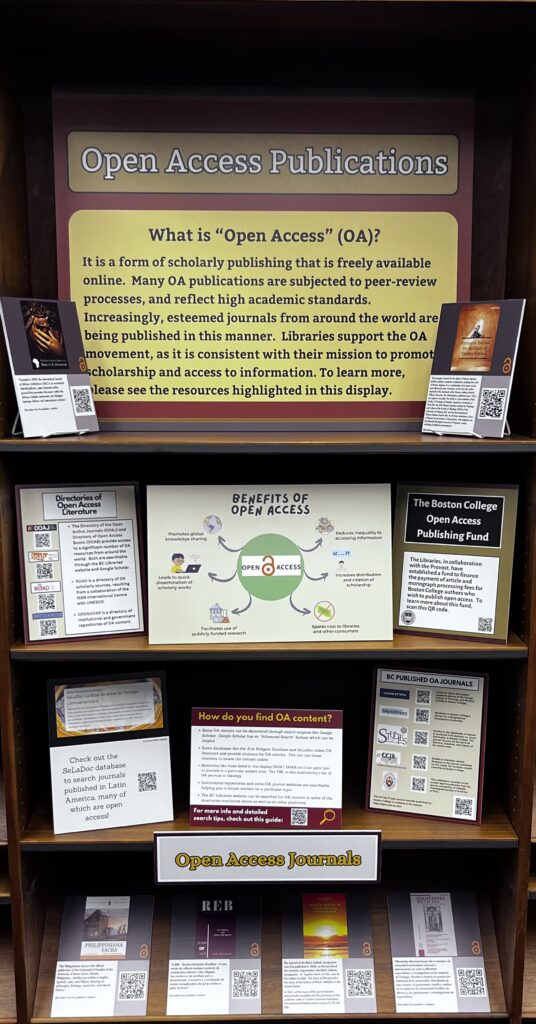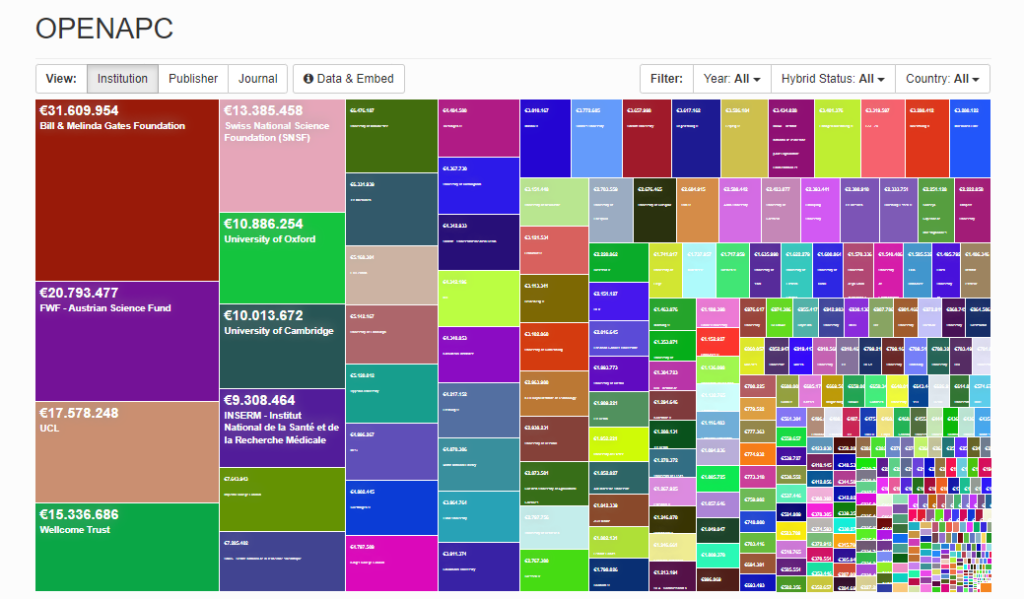
In November of last year, MIT Press released a report on the potential expected future of open access publishing. The repost stems from a National Science Foundation-funded workshop focusing on the effects of open access policy and how new policy might be created to fully realize the benefits of open access models.
The full sessions are available to view via the presentation from MIT Press. Below is an bulleted list taken from the first slide from Adam Jaffe’s Keynote Presentation; “An Economist’s Provocation” which does well to highlight some of the themes and questions covered in the workshop and report:
Key Research Questions and Potential Trials for Further Exploration
- What do journals really do and how much do they improve things?
- How does the community use preprint servers? What was the experience during the Covid pandemic in dealing with a wave of uncurated publications?
- What is the correlation between what journals and referees do with what universities care about?
- If preprints are mandated for dissemination, what models would work for curation and evaluation? How can those preprints be edited, curated, and improved, and how would that be paid for?
- What is the potential for AI to play a role in researcher evaluation?
- Do these science-focused methods work for the humanities or social sciences?
As more and more publicly funded scientific research is mandated open access, the question remains for scholars in humanities disciplines. While open access policy mandates may not be as prominent in the humanities, the adopting of policies by consortia and universities – as well as the continued creation of growing open publishing infrastructures suggest that interest in open access publishing is still growing in some capacities. But as the push for open access continues well into its second decade and brings in new layers of scholars – it is important to ask, where is the trend in open access leading?
In the “Access and Evolving Business Models” section, the first session discussion point explains that after a decade long strong push toward open access, “publishing is incentivized to shift to a volume-based system, rather than a highly selective process that focuses on quality.” And indeed, it is not hard to understand a landscape in which new, rapidly growing open access publishers feel the need to compete with more established, traditional publishers rolling out new “transformative” options. As the model for open access relies on up-front article processing charges, a financial incentive for open access publishers is volume – and for professors under constant pressure to publish or perish, it is easy to see how the open access could incentivize work with broader standards.
Ultimately, the same questions that nag at the academic are continuing to nag said academic, with or without open access. How much should a university, or a given professor, be spending on research versus instruction? What percentage of resources should be allocated to building stronger consortial networks that can help to bolster collections and force harder negotiations with publishers? What percentage of a collection budget should be spent on journal subscriptions? All of these questions continue to remain at the forefront, and while open access publications can certainly help increase access to discourses and provide important foundational scientific information, it is important to remember that open access publication models are not a silver bullet – simply an alternative model that highlights and problematizes the role major traditional publishing houses are playing in dictating the cost of access to a given discursive conversation, and in so doing determining, in part, the direction and biases of said discourse.








